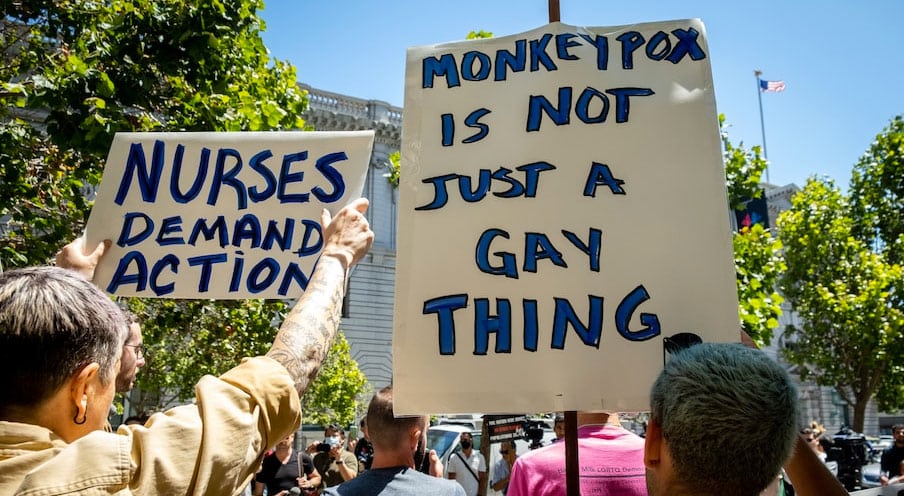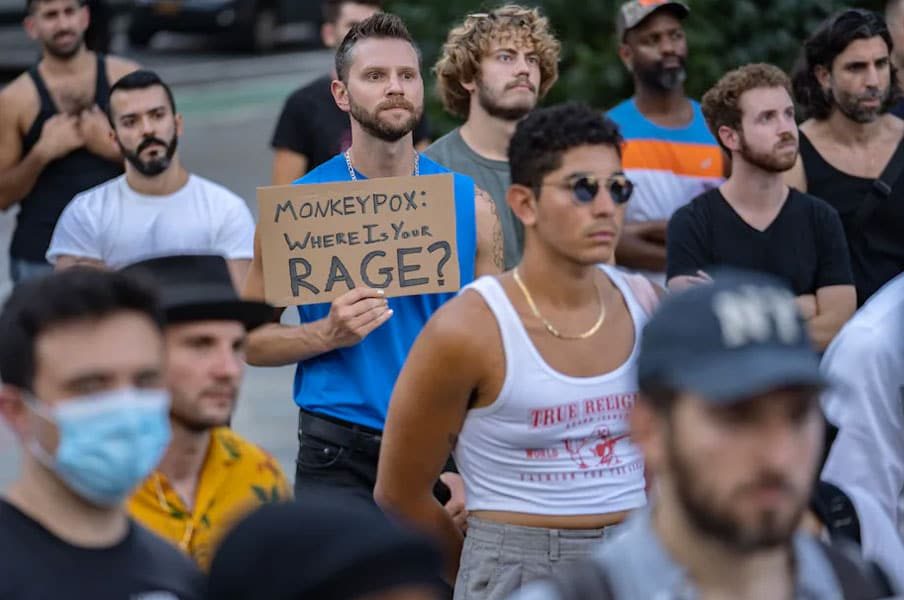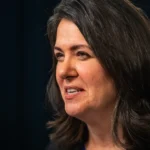After months of international outbreak, confusion and chaos, the World Health Organization officially declared the current monkeypox outbreak a Public Health Emergency in late July. The world’s latest public health emergency landed in the United States in approximately mid-May 2022, which is when the CDC began tallying reported cases. From May until present, monkeypox cases have increased exponentially, and currently, the U.S. has confirmed 6,000+ cases of the illness over the past few months. This count also marks the U.S. as the country with the largest amount of cases in the world.
Because of the nature in which monkeypox is contracted and spread – skin-to-skin contact, sexual contact, respiratory secretions, touching clothing, leading to pus-filled lesions – vulnerable and marginalized demographics have become the center of focus, especially gay and bisexual men. Headlines across the news are seen as reminiscent of the AIDs crisis through the 70s and the 80s, where non-straight men were discriminated against and vilified because of their orientation in relation to the spread of the disease.
With this specific demographic repeatedly noted as the one most likely to contract the disease, many argue monkeypox would be receiving a better, more critical response if gay and bisexual men were not at the forefront of the crisis. Through it all, and despite facts to the contrary, homophobic and transphobic messaging and framing of the narrative persist months into the spread of monkeypox.
During early August, CDC Director Rochelle Walensky said that gay and bisexual men are the prioritized demographic to receive the vaccination, despite the fact that monkeypox is acknowledged as affecting any demographic regardless of age or sexual orientation or activity. Further press and political narratives revolve around the fact that monkeypox is a consequence of the “sin” of homosexuality, with further public platforms using monkeypox to heighten the stigma against non-straight populations. Even the exclusive use of photos of men in monkeypox related press is sufficient to lead to discrimination and an incomplete narrative.
As a result, the crisis continues to be exacerbated through unaddressed social and public safety measures and critical messaging lacking that any person can be affected. Framing public rhetoric to revolve around one specific part of the population has already caused an insufficient response and insufficient public awareness that monkeypox is indifferent to gender, age, and orientation.

In an interview, Venton Jones from the CDC and Health Resources and Services Administration said, “When we talk about monkeypox, we really have to acknowledge not only the need for education but also acknowledge the harm that comes from perpetuating a fear-based narrative that is not rooted in how we make our communities healthy.”
As of early August, the U.S. continues to grapple with not only this detrimental narrative surrounding monkeypox, but with insufficient monkeypox vaccinations and a case rate spiralling rapidly out of control as a result of a lack of public health prevention and planning. While plans are being made to expand access to the vaccine beyond the required criteria of being gay, bisexual, or transgender males and having sex with multiple partners, there is no official date as to when vaccine access will open to the entire U.S. population.
Like what we have to say? Sign up to subscribe to email alerts and you’ll never miss a post.










